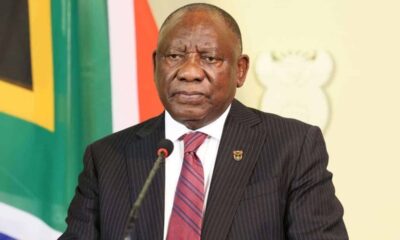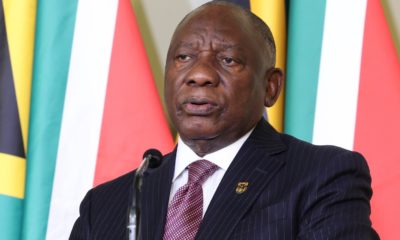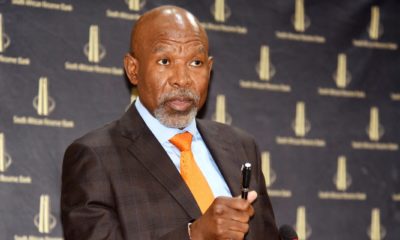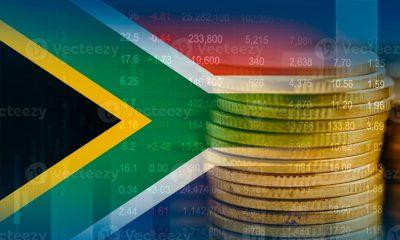News
Trump’s 2025 Tariffs Hit South Africa and BRICS Trade Hard
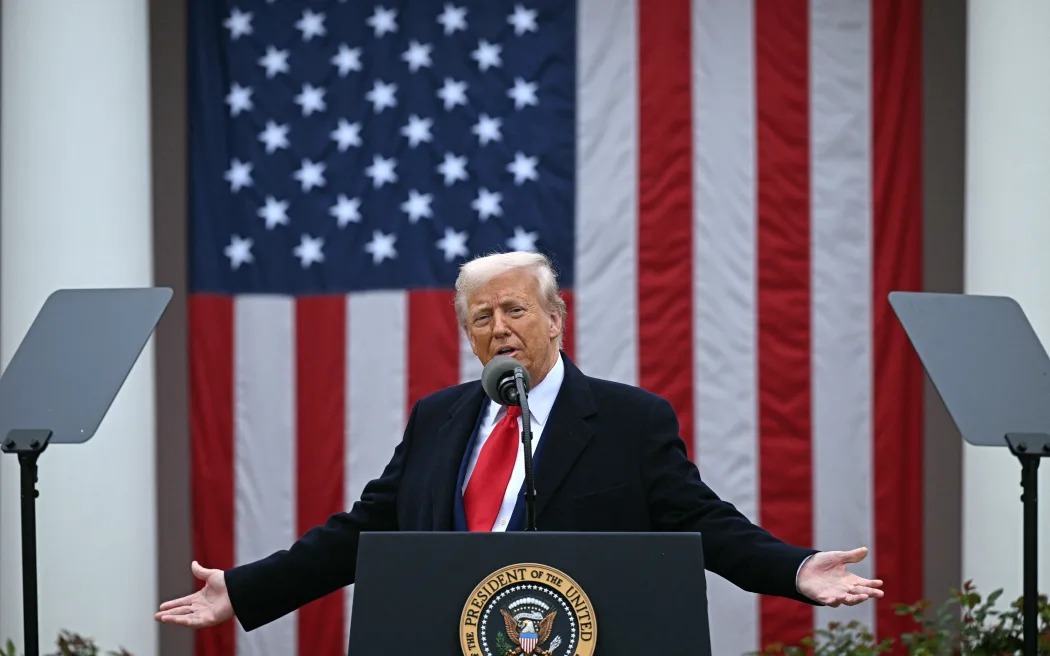
America’s new trade rules have officially landed, and South Africa is on the sharp end.
On 8 August 2025, US President Donald Trump’s new import tariffs took effect, raising duties on goods from dozens of countries. South Africa, Brazil, India, and Switzerland were among the hardest hit, with rates climbing as high as 50 percent.
This marks the steepest tariff spike in a century and a major test of global economic diplomacy. As some countries scramble for exemptions while others vow not to bend, the balance of power in trade is shifting fast.
South Africa’s Scramble Falls Short
South Africa made a last-minute attempt to reduce its tariff rate, but negotiations failed. The Presidency confirmed that trade talks will continue. However, for now, local exporters face full penalties on goods shipped to the US.
From mining and manufacturing to fruit and steel, these new charges could impact sectors already under economic pressure at home.
What Are the Tariffs For?
The White House says the tariffs are designed to correct decades of trade deficits and revive American manufacturing. Critics argue they risk fuelling global inflation and damaging longstanding partnerships.
The new rates range between 10 and 50 percent, depending on the country and product. Importers in the US must pay the tariffs, and those costs will likely be passed down to consumers through price hikes on vehicles, electronics, and everyday goods.
Big Numbers, Bigger Impact
Trump’s administration expects tariff revenue to reach $50 billion per month, especially as new duties on semiconductors and pharmaceuticals roll out. Tariffs on microchips may even rise to 100 percent.
Not all businesses are cheering. Toyota warned of a $10 billion loss from car tariffs. Other major companies, including Caterpillar and Marriott, are also bracing for higher costs.
US markets dipped slightly on the news. The Dow dropped half a percent, while the Nasdaq and S&P 500 remained flat.
India and Brazil Push Back
India and Brazil are refusing to cave to US pressure. Prime Minister Narendra Modi rejected any compromise on food security and farmers’ rights. Meanwhile, Brazil’s President Lula da Silva said he wouldn’t humiliate himself by phoning Trump for a deal.
Despite public defiance, both countries continue back-channel negotiations, a sign that even the strongest rhetoric may have limits.
BRICS Response Taking Shape?
Brazil has already called for a coordinated response among BRICS members. Lula confirmed plans to speak with India and China to develop a joint strategy.
South Africa, as a fellow BRICS nation, could align with this group to push back collectively. Some analysts believe a stronger bloc could reduce dependency on Western markets and shift trade priorities eastward.
Who Dodged the Bullet?
A few countries struck favourable deals:
-
The EU, Japan, and South Korea secured reduced tariffs of 15 percent.
-
The UK negotiated a 10 percent base rate.
-
Countries like Vietnam, Pakistan, and the Philippines brought their rates down to 19 or 20 percent.
Meanwhile, India, Canada, Brazil, South Africa, and Switzerland are stuck with some of the highest duties. Swiss President Karin Keller-Sutter flew to Washington for emergency talks and left empty-handed.
What It Means for South Africa
For South Africa, the timing couldn’t be worse. As the country battles weak economic growth, high unemployment, and inflationary pressure, the loss of trade advantages with the US could ripple through multiple sectors.
Washington has also signalled a broader rethink of preferential deals like AGOA, which many African countries, including South Africa, rely on for market access.
If no compromise is reached soon, South Africa may need to rethink its global trade partnerships and possibly lean more into BRICS.
Also read: SA Scrambles to Shield Farmers and Automakers as Trump’s Tariffs Bite
Follow Joburg ETC on Facebook, Twitter, TikTok and Instagram
For more News in Johannesburg, visit joburgetc.com
Source: Reuters
Featured Image: RNZ

